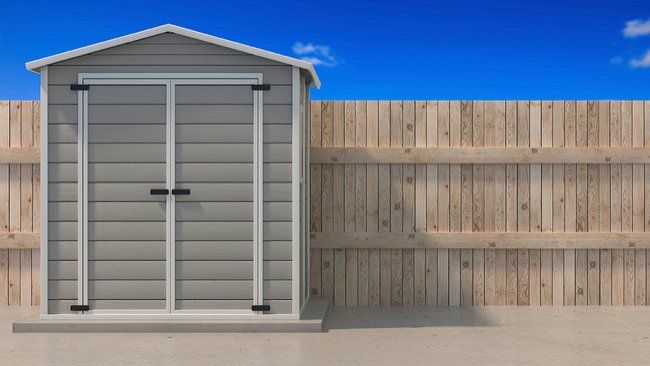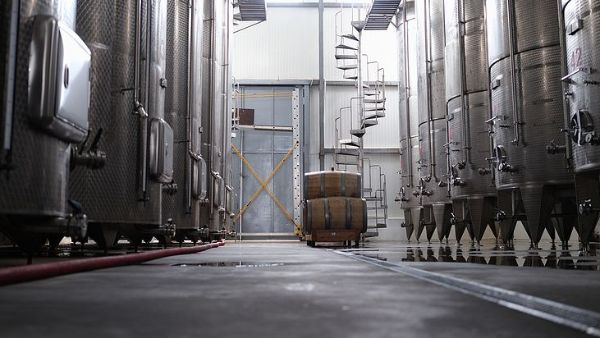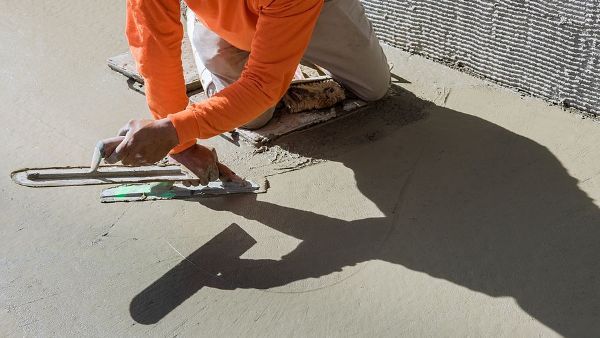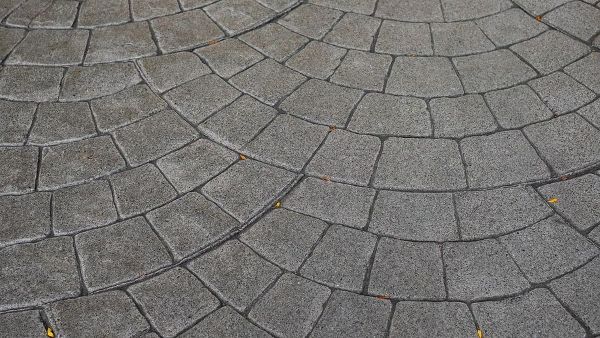Put Your Shed On the Right Foundation With RTS Construction
Setting Your Shed On a Concrete Slab
When you add a shed to your home, putting down a concrete slab is a good way to give your storage area a secure foundation. However, it's not as easy as just pouring cement and letting it dry. Here are a few things to discuss with your contractor as you plan to install your new storage building.
When Should You Pour the Slab?
You should always pour the slab for your new shed before you build the structure. Many builders construct the walls first and then pour the concrete. This is a mistake that can lead to corrosion of the shed because it exposes the walls to wet concrete. Also, as the concrete dries and shrinks, debris enters the spaces between the concrete and the building walls. These materials damage the foundation over time.
While building first and then pouring the foundation may save you money on the front end. However, you may end up replacing your shed in a few years due to rust. Instead, specify to your contractor that you want the slab poured first to ensure a more solid foundation for your shed.
What Will You Store In Your Shed?
Many homeowners are surprised to learn that what you plan to store in your shed is an important consideration in how you create the foundation. If you only store your gardening tools and lawnmower, you just need a smooth, level, and immobile foundation. However, many people use their sheds to house heavy equipment. When that is the case, you need a thicker concrete depth. Incidentally, this is another reason to pour the foundation before you build the shed.
Where Will You Set Your Mounting Points?
Once your slab is in place, the next step is to attach the shed to the concrete pad. Your contractor will consider the size of your shed, how you plan to use it, and the material you use to build it to determine where to set the mounting points. Geography also matters, especially if you are in an area that regularly sees high winds, strong storms, or tornados. The goal is an ideal placement that gives your shed the greatest structural integrity without interfering with your use of the building. Most contractors use one of three methods to attach the columns of your shed to the slab foundation.
Dynabolts
These components are easy to install and usually the least expensive. While they install quickly and need little maintenance, they are the weakest option. Your contractor will drill holes into the concrete slab and put the bolts in. When the thread tightens, the outer shell expands to grip the concrete.
With dynabolts, you do have some risk in that if the bolts don't grasp tightly, they may damage the concrete and make the hole larger. If the hole is too wide, the bolts lose grip completely, the concrete crumbles, and your shed is more vulnerable to high winds and storms.
Chemset and Threaded Rod
With this method, the contractor drills holes into the slab, installs a threaded rod into it, and secures it with chemset. While using chemset is more involved than using dynabolts, the chemset is an epoxy that is stronger than the dynabolts. The bolt is glued directly to the slab, and the posts are secured with a regular nut. The chemset and threaded rod method is more secure and you get a firmer grip.
Cast-In Stirrups
The most secure method of attaching your shed to the concrete slab is with cast-in stirrups. Just like the stirrups on a horse, these components are meant to be a mounting point. They are set into the wet concrete or set up before the concrete is poured. The stirrups become a part of the slab, making them almost impossible to move unless you cut out part of the slab. Your contractor must get the setting right before the concrete dries, as there is no way to go back in the process. As an added bonus, cast-in stirrups are easy to install if the contractor gets the measurements right.
Saddle and Bolt
A saddle and bolt set sits on top of the concrete and is bolted into it for strength. Obviously, these steps take place before the concrete dries completely. With this setup, you get a secure structure and a building that lasts for years. If your shed will house heavy equipment, saddle and bolt construction is ideal.
Where Can I Get Help With My Shed?
The professionals at
RTS Construction can help you make the best decisions for your shed and its concrete slab foundation. We can help with every decision from mounting points and methods to concrete colors.
Contact us today to get started.





